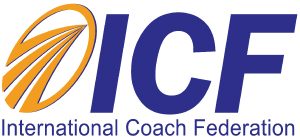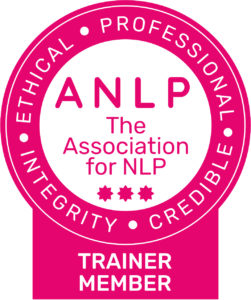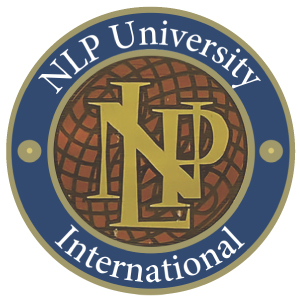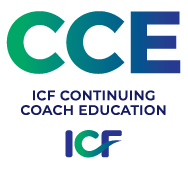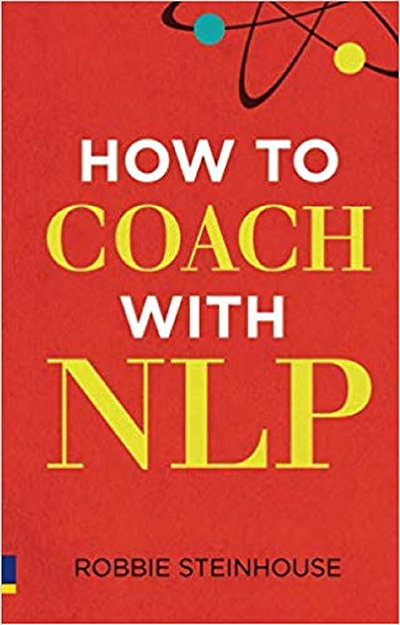How To Use Somatic Archetype Coaching
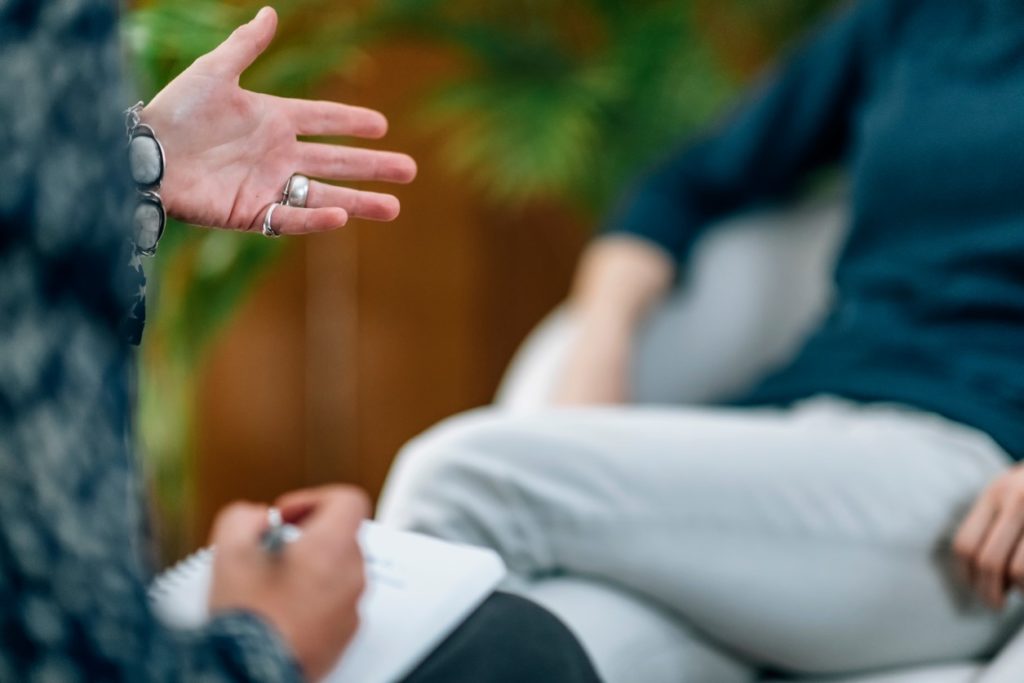
Having recently completed creating Judy Delozier’s Somatic Coaching eLearning programmes, it struck me just how intuitive and powerful Somatic Archetype approaches are. In this blog I want to give a range of examples of how to use them in coaching and also in your own personal growth.
Anchoring
The NLP technique of anchoring is the process of helping a client (or oneself) to associate a positive state with some trigger (say a finger pinch), so it can be ‘reused’ to prepare for a challenging situation. Say a client has a presentation where they would like to feel more at ease, but currently feel anxious. The coach guides them into an unrelated positive memory when they felt ‘at ease’ – when the feeling ‘peaks’ the coach asks them to pinch their fingers together. They can then practice this technique and use the finger pinch just before the presentation to help calm their nerves.
Although the technique of anchoring is powerful, using it in conjunction with a somatic approach is not only completely obvious but also revolutionary. When a client is guided through an anchoring process, they naturally make some form of gesture, such as moving their hands down by their sides, before the formal anchoring is done. Why not use that natural gesture, rather than the clumsier process of anchoring a finger pinch? In truth, I use these gestures as part of anchoring process as it makes it far more effective.
Somatic Archetypes
Judy discusses five classic archetypes in her process called tracking transitions: the Innocent, Orphan, Wanderer, Warrior and Sorcerer. Each of these archetypes have a universally accepted configuration:
The wide-eyed innocent, looking up in a childlike gaze hopeful but potentially naïve.
The rejected feelings of the Orphan, a sad and scowling face, looking down in an angry way, but also learning to accept their own independence.
The Wanderer, walking and exploring, finding new opportunities, but often running away.
The Warrior, with its balance of fear and courage, remaining still and focused to an impending threat, its muscles ready to pounce – able to express itself, but potentially can alienate. Finally, the Sorcerer – that wise energy that combines the previous archetypes so that transformation can take place.
Although this may all sound a bit fanciful, being able to spot from a client’s body posture when they shift into one of these archetypes can be very informative. For instance, the client may tell a story of hope (Innocent) which led to disappointment (Orphan) when they ‘left’ either physically or mentally (Wanderer), before wanting to fight and creating problems (Warrior). The job of the coach is to help through these transition points to help form a new level of understanding.
Transformation
Using another process covered in the programme, the Hero’s Journey, the first step on the journey of change is for the client to accept the call to action. That means the client does not yet know how to solve the problem at hand, but is willing to accept responsibility for discovering what that solution might be. Transformation begins by helping the client realise that this first step is internal (within themselves) – a major life transition is needed to firstly evolve before they can overcome the problem they face, but they do not know what to do yet; all they can do is accept the ‘call to action’. This may seem ineffectual from a simple ‘goal based coaching’ mindset, but it brings to mind my favourite coaching maxim: ‘If you wanted it that badly, you’d have it already.’ The reason the client is unable to achieve this goal, is not a lack of a structure plan, it is because they are not ready as a person to start on kind of that journey yet.
Accepting the calling is only the first step in this process which ultimately leads to a shift of identity: they change their sense of self. That is why these processes are so transformational as they deal with overcoming their own personal nemesis, usually their greatest unconscious fear – which is also archetypal, the Demon or Dragon.
Archetypes as Universal Energy
When I first came across this material it seemed a bit too ‘Dungeons and Dragons’ for my taste. As my practice and experience grew, I now see this material as an essential part of coaching. The word ‘archetype’ means a universal energy; everyone has seen these principles played out in our lives at work and at home. They also form the basis of all art ranging from statues to TV series.
We all instinctively know these ideas – so like anchoring why not use them, not only are they obvious, they work really well!
Learn more about Somatic Coaching on our new Somatic Coaching and Advanced Somatic Coaching programmes with Judith Delozier – they’re on sale for a limited time only, so you can learn the magic of somatics for a fraction of the price.
Did you like this post?
Then check out our events and courses!
Sign up to our new e-learning!
Where to find us
For posts, events, free open days and more, follow NLP School on:
Where to find Robbie
Twitter: @RSteinhouse
LinkedIn: Robbie Steinhouse
What to read next
NLPU And Their Master Practitioner Programme
8 Steps to Personal and Organisational Change
What is Somatic or ‘Body Wisdom’ Coaching?




